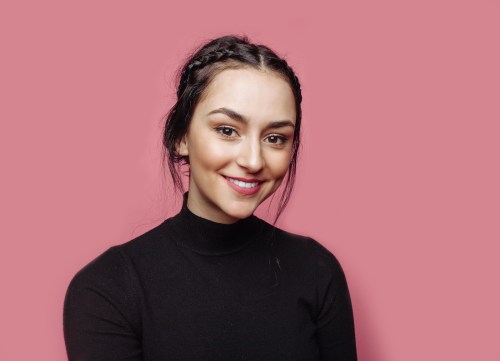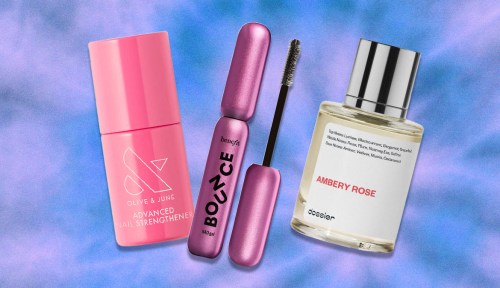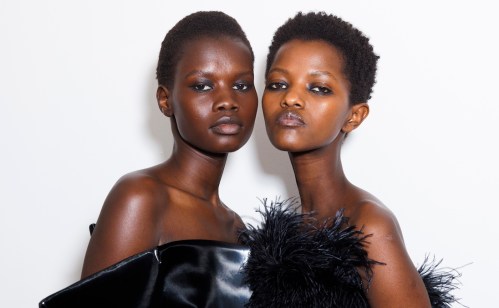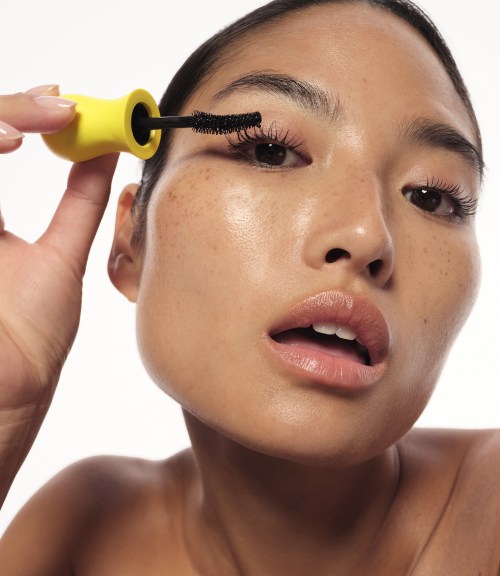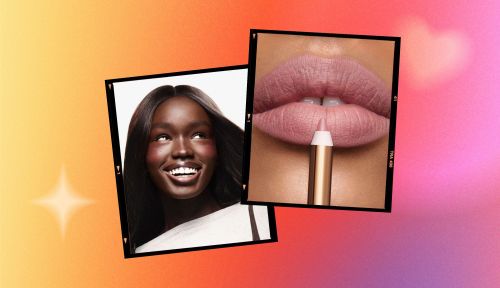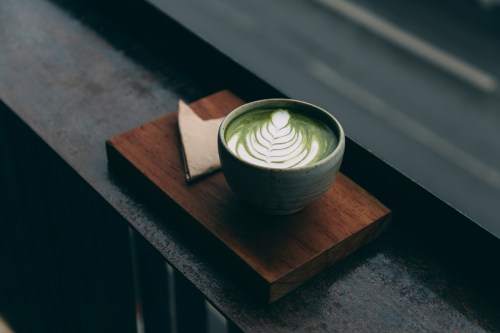Our editors independently select these products. Making a purchase through our links may earn Well+Good a commission
There is not a single photograph of me from the year 2009 that doesn’t make me cringe. That was the year I discovered under-eye concealer, but unfortunately, didn’t quite take the time to discover how to properly use it. Cut to dozens of shots of my face with a ghostly white cast under my eyes (I like to think the flash of my Blackberry camera made things look a lot worse on film than they did IRL). It was very clear that A) I was using a shade that was totally wrong for my skin tone and B) I hadn’t bothered to blend my makeup.
Experts in This Article
makeup artist, hairstylist, educator, and a global artist for TEMPTU Airbrush Makeup
All of this is to say that under-eye concealer is one of those beauty products that is painfully easy to eff up. If your application isn’t perfect, you run the risk of creasing and flaking, and if you choose the wrong color, it highlights all of the areas you’re trying to cover up. To help all other beauty lovers out there avoid the same mishaps I made for my entire 18th year of life, I tapped makeup artists Steve Kassajikian and Tanya Deemer to spill on the biggest under-eye concealer mistakes they see people making all the time—plus what you can do to fix them.
1. Choosing the wrong shade
When it comes to concealer, the Goldilocks principle applies. You don’t want a shade that’s too light or too dark (which will tip people off to the fact that you’re wearing it), but rather something that’s jussst right. Kassajikian suggests looking for a shade that’s one step lighter than your natural skin tone, which will help highlight the area under your eyes. Beyond that, though, you’ll also want to be sure you’re choosing the right undertones to help even out the area, which is where things get more complicated. “If you see a blue cast under the eye, you would want a peachy color to cancel that out,” says Deemer. “If you’re seeing more of a purple cast under the eye, then you would want a yellow color.”
2. Going too heavy
“The number one rule of thumb for the under-eye area is, ‘less is more,'” says Deemer. Why? Because too much product is culprit number one for creasing and draws attention to the under-eye area. “It’s important to remember that a very light touch under the eye is so important,” she adds. In addition to keeping product minimal, you’ll also want to look for a light, hydrating formula like Urban Decay Stay Naked Concealer ($29), which Kassajikian suggests applying in a triangular shape under your eyes, then using a brush or sponge to blend.
3. Skipping out on color corrector
Instead of thinking of your under-eye concealer as a one-and-done step, you should always be pairing it with a color corrector, says Deemer. “If you take the time to cancel out the hues of blue, purple or red under the eyes first, you will be amazed at how easy the rest of the makeup application will be,” she explains. After you apply your foundation (which, pro tip, should go on before your concealer), blend your concealer and top it off with your color corrector. According to makeup artists, this will help brighten the area and conceal any dark circles that your concealer can’t quite cover on its own.
Need some more makeup application tips? Check out the video below for an MUA’s advice on how to do yours for Zoom.
Want even more beauty intel from our editors? Join Well+Good’s Fine Print Facebook group (and follow us on Instagram) for must-know tips and tricks.
Sign Up for Our Daily Newsletter
Get all the latest in wellness, trends, food, fitness, beauty, and more delivered right to your inbox.
Got it, you've been added to our email list.
